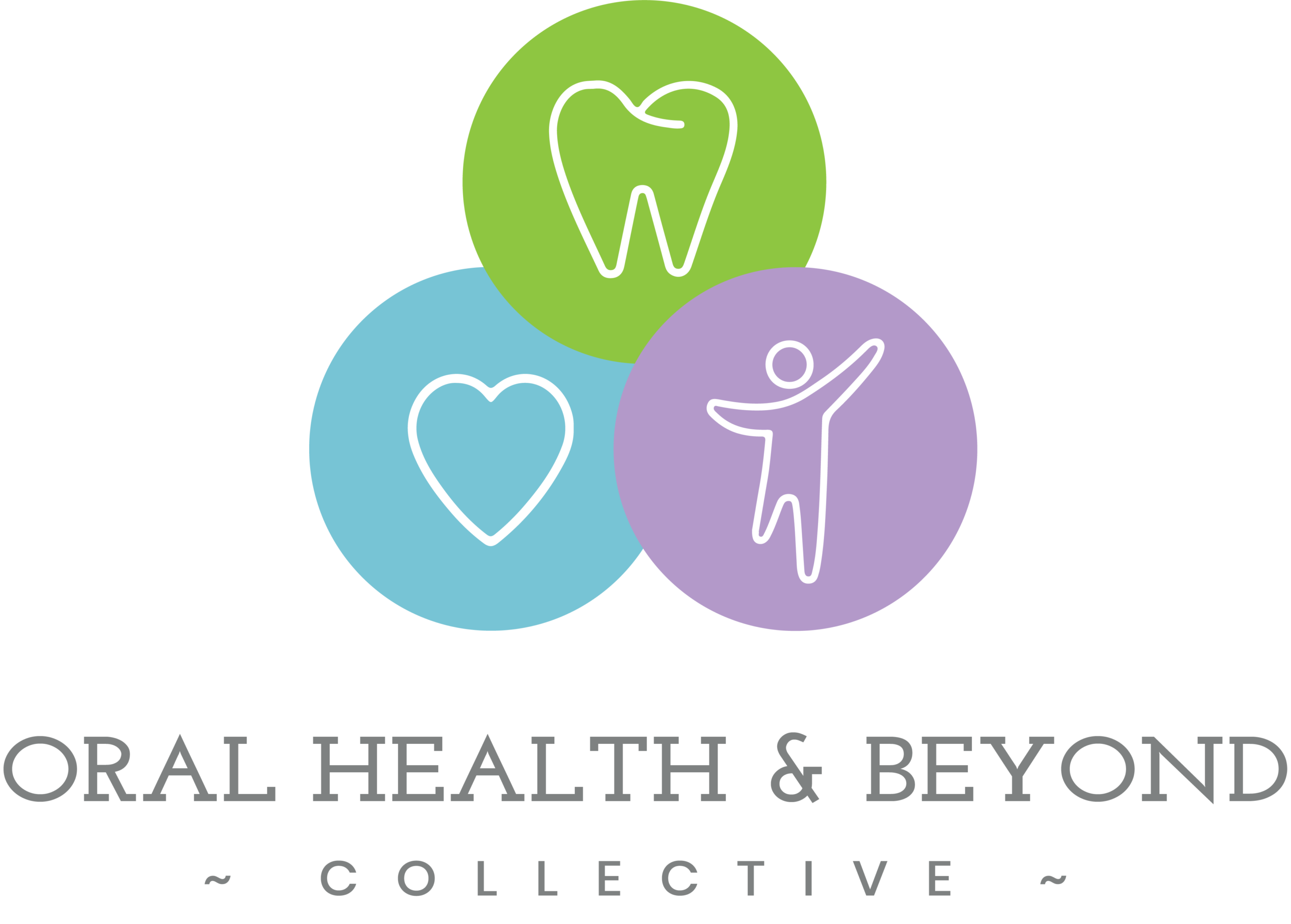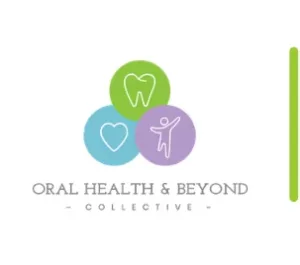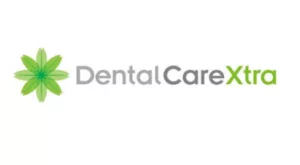
How Rapid Maxillary Expansion could provide long-term breathing benefits
Rapid Maxillary Expansion (RME) – the name is quite a mouthful and the device … even more so. RME is the technique of expanding the maxillary dental arch and palate so as to balance the width of one’s jaw. It is deemed ‘rapid’ because, unlike Myobrace, RME occurs over a period of months rather than years. It is important to note that RME is designed as a treatment for a misaligned or narrow jaw and not solely as a treatment for crooked teeth, though correction of teeth malocclusions can be a pleasant side effect of the treatment. Other pleasant side effects include improved breathing, reduced snoring and reduced symptoms of sleep apnoea.
Firstly, why do we say the RME device is a mouthful? Because the device used to provide the treatment is a custom-made appliance which is cemented to your posterior palate (between your upper teeth). It is cumbersome and often times causes eating, drinking and speaking to be difficult because of the reduced space for the tongue. It is secured by screws which need tightening twice daily over a period of 2-3 weeks. This tightening motion causes the suture running down the middle of your palate to expand, by separating the bone, which widens your palate. Once the 2-3 week period is complete, the device stays in your mouth for several months so as to provide time for the bone to grow and fill the separation. The tightening process can cause discomfort in the target area of the palate. Uncomfortable sensations have also been known to be felt in the nasal passages, cheekbones and even eye sockets.
The minimal research which was conducted in 2011 shows that RME is helping to improve breathing. This is because the treatment reduces the pressure placed on the mandible (lower jaw) and the temporomandibular joint (the hinge connecting your lower jaw to your skull). This reduced pressure and the widening of the palate are believed to allow for the nasal airways to have more room and expand, thus improving nasal breathing. Further, the corrected mandible and widened palate allow for correct forward tongue placement which also reduces obstruction of the nasal passages.
The number of cases of RME treated patients who have experienced corrected breathing, reduced snoring and/or reduced symptoms of sleep apnoea is increasing. Further studies are being done to conclusively determine the reasons. But what we do know is that this increased airflow is having positive effects on breathing and sleep and that the symptoms have been known to last for at least 11 months after therapy. And we all know the benefits of improved sleep!
For more information on RME treatment, please book an appointment online.
References:
Baratieri, C., Alvers Jr, M., de Souza, M.M.G., de Souza Araujo, M.T. and Maia, L.C. (2011).
Does rapid maxillary expansion have long-term effects on airway dimensions and breathing?
American Journal of Orthodontics and Dentofacial Orthopedics.
V140(2):146-156 Lemay Orthodontistses (2009). Palatal expansion (rapid maxillary expansion).
Retrieved from: https://www.orthodontisteenligne.com/en/blog/palatal-expansion






